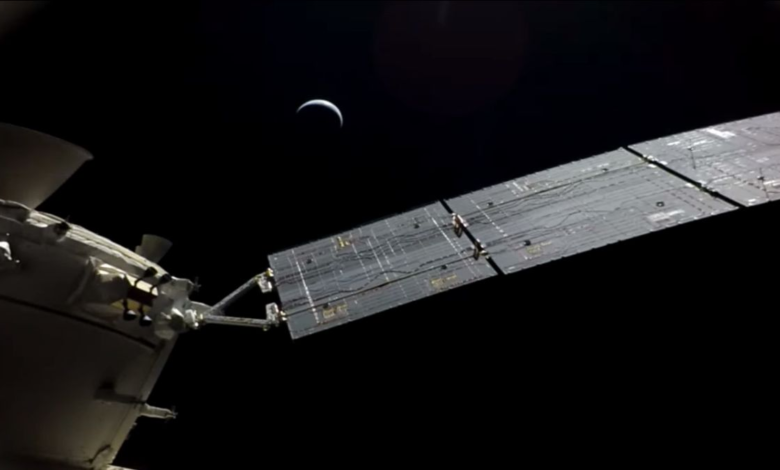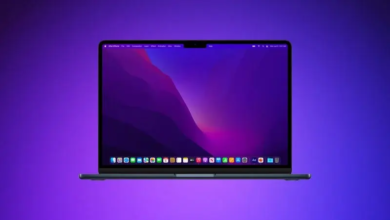
Highlights from NASA’s successful Artemis I mission, which concluded on Sunday with the return of the Orion spacecraft, are included in the video seen above.
The film chronicles the historic voyage that sent the unmanned Orion spacecraft around the moon and back to Earth using NASA’s cutting-edge Space Launch System (SLS) rocket.
Amazing images of the moon and Earth were transmitted back by Orion’s onboard cameras during the flight, some of which may be seen in NASA’s highlights video.
In order to prepare for the crewed Artemis II trip, which may take place in 2024, and a crewed lunar landing, which is anticipated to happen in 2025 or 2026, Artemis I was a test mission.
According to a statement that accompanied the video, “from launch to splashdown, NASA’s Orion spacecraft completed its first deep-space mission with a splashdown in the Pacific Ocean, west of Baja California, at 9:40 a.m. PT (12:40 p.m. ET) Sunday.
The Orion spacecraft travelled more than 1.4 million miles during its 25-day journey, entering a far-off orbit around the moon that entailed two flybys that brought the craft to barely 80 miles from the lunar surface.
Moreover, NASA’s spacecraft flew farther than any other astronaut-ready spacecraft from Earth and stayed in orbit longer than any other spacecraft without docking to an orbital outpost like the International Space Station (ISS)
The mission came to a dramatic end on Sunday when the Orion spacecraft entered Earth’s atmosphere at a speed of about 25,000 mph, suffering temperatures of about 5,000 degrees Fahrenheit, before slowing to approximately 20 mph for a parachute-assisted splashdown.
The splashdown of the Orion spacecraft, which took place 50 years to the day after Apollo 17’s moon landing, was hailed as Artemis I’s “crowning achievement” by NASA Administrator Bill Nelson on Sunday. “This flight test is a big step forward in the Artemis Generation of lunar exploration,” NASA said of the test, which included the launch of the most powerful rocket in the world and an amazing travel around the moon and back to Earth.
In the future, NASA intends to construct the first permanent facility on the surface of the moon, where astronauts will be able to live and work in a manner similar to that which they already do on the International Space Station. Even the first crewed expeditions to Mars, which may happen in the 2030s, could use the moon as a launch pad.











